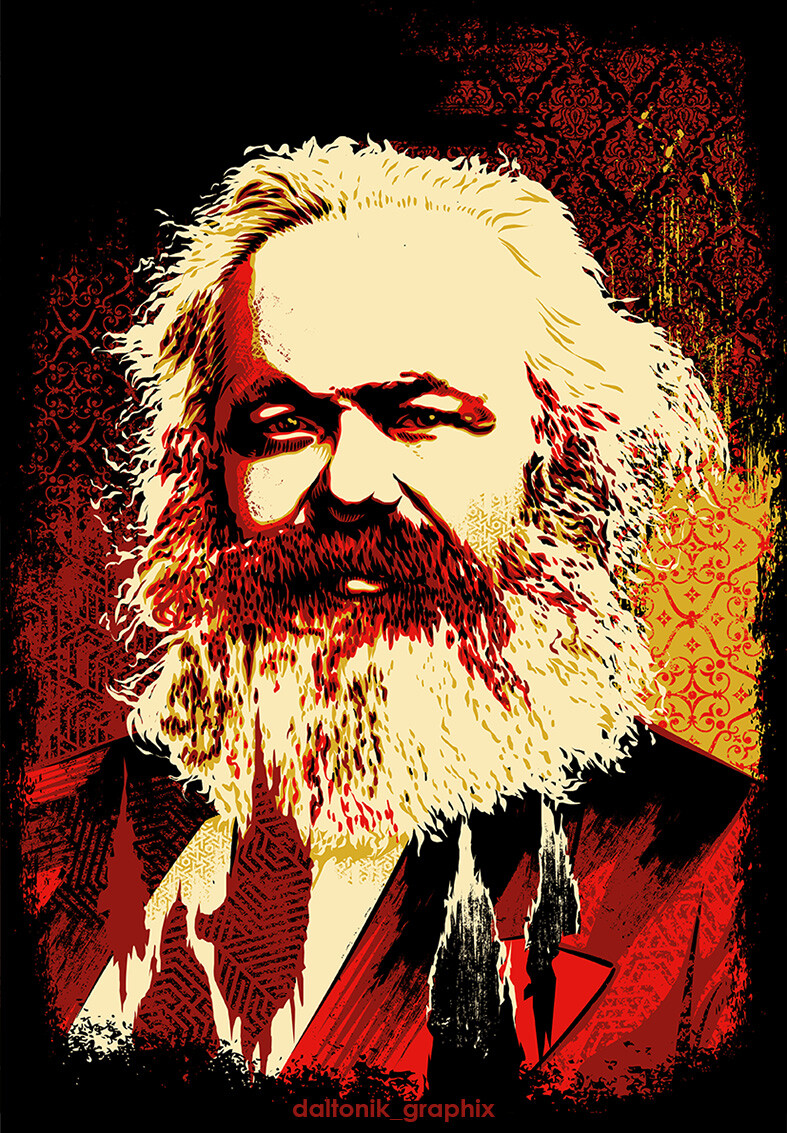Nikolai Ivanovich Bukharin, born on this day in 1888, was a Bolshevik revolutionary, Soviet politician, and Marxist theorist.
Nikolay Bukharin, the second son of Ivan Gavrilovich and Liubov Ivanovna Bukharin, was born in Moscow on 27th September 1888. His parents were primary school teachers and they helped him get a good education. He was brought up with progressive political views and took part in the 1905 Revolution.
As a young man, Bukharin joined the Russian Social Democratic Labour Party in 1906, becoming a member of the Bolshevik faction. He served on a committee that was infiltrated by the Tsarist secret police, the Okhrana, and was imprisoned and exiled in 1911.
In 1911, Bukharin escaped exile, fleeing to Germany. During this period, he met Vladimir Lenin for the first time and authored "Imperialism and World Economy", a work that predated and influenced Lenin's "Imperialism, the Highest Stage of Capitalism".
After Lenin's death in 1924, Bukharin became a full member of the Politburo, allying himself with Stalin in the power struggles of that period. Bukharin formulated the thesis of "Socialism in One Country" put forth by Stalin in 1924, which argued that socialism could be developed in a single country, even one as underdeveloped as Russia.
Bukharin was aligned with the forces that defeated Leon Trotsky, Lev Kamenev, and Grigory Zinoviev in various power struggles within the Communist Party. A supporter of the market-based New Economic Policy (NEP), Bukharin opposed Stalin's support of collectivization policies in the late 1920. On this basis, he was criticized and began politically conspiring against Stalin.
After the trial and execution of Zinoviev, Kamenev, and other leftist Old Bolsheviks in 1936, Bukharin was arrested in 1937 and charged with conspiring to overthrow the Soviet state. The following trial was controversial and drew international criticism, alienating some communist sympathizers abroad.
"We see now that infringement of freedom is necessary with regard to the opponents of the revolution. At a time of revolution we cannot allow freedom for the enemies of the people and of the revolution. That is a surely clear, irrefutable conclusion."
- Nikolai Bukharin
Comprehensive list of resources for those in need of an abortion :feminism:
Resources for Palestine :palestine-heart:
Here are some resourses on Prison Abolition :brick-police:
Foundations of Leninism :USSR:
:lenin-shining: :unity: :kropotkin-shining:
Anarchism and Other Essays :ancom:
Remember, sort by new you :LIB:
Follow the Hexbear twitter account :comrade-birdie:
THEORY; it’s good for what ails you (all kinds of tendencies inside!) :RIchard-D-Wolff:
COMMUNITY CALENDAR - AN EXPERIMENT IN PROMOTING USER ORGANIZING EFFORTS :af:
Come listen to music with your fellow Hexbears in Cy.tube :og-hex-bear:
Queer stuff? Come talk in the Queer version of the megathread ! :sicko-queer:
Monthly Neurodiverse Megathread and Monthly ND Venting Thread :Care-Comrade:
Join the fresh and beautiful batch of new comms:
!labour@hexbear.net :iww:
!emoji@hexbear.net :meow-anarchist: :meow-tankie:
!libre@hexbear.net :libretion:
Wmill's Moscow Problems :cyber-lenin:
One winner and that's @LeninWeave so :rat-salute: .
Previous answer
L = length of train
v = velocity of train
L/t1 = v
(a + L)/t2 = v
Set the two equations equal to each other and multiply both sides by t1*t2.
Lt2 = at1 + L*t1
L*(t2 - t1) = a*t1
L = (a*t1)/(t2-t1)
Substitute L back into one of the first equations to get v. L is in yards, v is in yards/second.
Guessing the sum of spots on hidden faces
In the tower of three dice, you need only glance at the face of the top of the tower and you know the sum of five face: those on the four faces where two dice touch one another and the face on the bottom of the tower. In the diagram, the sum is 17.
Explain.
Making this a weekend problem since y'all are probably out partying or whatever y'all with lives do so have fun :soviet-heart: and remember to dm @Wmill the answer.


Aww yeah new mega!